In the digital age, trust is currency. Traditional systems often rely on central authorities to validate transactions, maintain records, and ensure transparency. However, with the rise of blockchain technology, the very concept of trust is being reimagined. Blockchain introduces a decentralized, immutable, and transparent system that challenges conventional structures and paves the way for new innovations across various sectors, from finance to supply chains to governance.
This blog delves deep into the world of blockchain: its origins, how it works, its benefits, real-world applications, challenges, and the road ahead. Let’s explore the technology that is not only revolutionizing the digital economy but also reshaping societal infrastructures.
What is Blockchain Technology?
Definition and Core Concept
At its core, a blockchain is a distributed ledger that records transactions in a secure, transparent, and immutable way. Each transaction or record is grouped into a block and added to a chain of previous blocks—hence the name blockchain. The decentralized nature means that no single entity controls the ledger.
Key Features
- Decentralization: Eliminates the need for intermediaries by distributing control across a peer-to-peer network.
- Immutability: Once recorded, data on the blockchain cannot be altered.
- Transparency: All participants in the network can view the same data.
- Security: Advanced cryptographic techniques ensure data integrity and protect against fraud.
A Brief History of Blockchain
The Genesis: Bitcoin and Satoshi Nakamoto
The concept of blockchain was first introduced in 2008 by an individual (or group) under the pseudonym Satoshi Nakamoto as a core component of Bitcoin. The idea was to create a digital currency that doesn’t rely on traditional banks.
Evolution Beyond Cryptocurrency
While Bitcoin introduced the world to blockchain, subsequent developments like Ethereum extended its capabilities with smart contracts, making blockchain a platform for decentralized applications (dApps).
How Blockchain Works
Components of a Blockchain
- Node: Each participant in the network.
- Ledger: The shared database.
- Block: A set of transactions.
- Chain: A sequence of blocks.
- Consensus Mechanism: A process through which nodes agree on the validity of transactions.
Consensus Mechanisms Explained
- Proof of Work (PoW): Used by Bitcoin; requires solving complex mathematical puzzles.
- Proof of Stake (PoS): Validators are chosen based on the number of coins they hold and are willing to “stake.”
- Delegated Proof of Stake (DPoS), Proof of Authority (PoA), and others continue to emerge as scalable and energy-efficient alternatives.
Applications of Blockchain Technology

Financial Services and Banking
- Cross-border payments: Faster and cheaper transactions.
- Smart contracts: Automated execution of contractual terms.
- Tokenization of assets: Real estate, stocks, and art can be tokenized.
Supply Chain Management
- Transparency: Track the origin and journey of goods.
- Efficiency: Reduce fraud, counterfeiting, and waste.
Healthcare
- Data security: Patients control access to their medical records.
- Interoperability: Seamless sharing of data across providers.
Government and Public Services
- E-governance: Transparent voting systems.
- Identity management: Secure and verifiable digital IDs.
Education
- Credential verification: Fraud-proof degrees and certifications.
- Decentralized learning platforms: Peer-to-peer education marketplaces.
Blockchain in India: Current Landscape and Future Prospects
Government Initiatives
- IndiaChain: Proposed by NITI Aayog as a nationwide blockchain infrastructure.
- State-level projects: Andhra Pradesh and Telangana lead in implementing land records and supply chain systems using blockchain.
Challenges in Adoption
- Regulatory uncertainty
- Lack of awareness and technical expertise
- Scalability and energy consumption concerns
Potential Impact
- Empower rural populations with land ownership verification.
- Improve subsidy distribution and reduce corruption.
- Strengthen India’s digital economy vision.
Blockchain vs. Traditional Systems
| Feature | Traditional Systems | Blockchain |
|---|---|---|
| Control | Centralized | Decentralized |
| Trust | Intermediaries | Consensus algorithms |
| Transparency | Limited | Full network visibility |
| Speed | Often slow | Near real-time |
| Cost | High transaction costs | Reduced fees |
Challenges and Criticisms of Blockchain
Energy Consumption
- Especially with PoW, blockchain networks like Bitcoin are energy-intensive.
Scalability
- Transaction speed and network congestion remain concerns.
Legal and Regulatory Issues
- Different countries have different policies, often creating barriers to international applications.
Technical Barriers
- Requires specialized skills.
- Integration with existing systems can be complex.
Emerging Trends and the Future of Blockchain
Integration with AI and IoT
- AI can help improve consensus mechanisms.
- IoT devices can log secure data directly onto the blockchain.
Rise of NFTs and the Metaverse
- Blockchain powers unique digital assets and virtual real estate.
Decentralized Finance (DeFi)
- Offers financial services like lending and borrowing without banks.
Green Blockchain
- Eco-friendly consensus mechanisms are gaining traction.
Conclusion: The Road Ahead
Blockchain technology is no longer a niche innovation confined to cryptocurrencies. It is steadily becoming a foundational layer of the digital economy, promoting trust, transparency, and decentralization. From transforming supply chains to redefining finance and governance, its potential is immense.
However, realizing this potential requires collaboration among governments, developers, industries, and users. As India and the world continue to explore blockchain applications, the focus must remain on solving real-world problems while ensuring inclusivity, security, and sustainability.
Blockchain may not be the solution to every problem, but where it fits, it promises transformative change. The journey has just begun, and the future is decentralized.
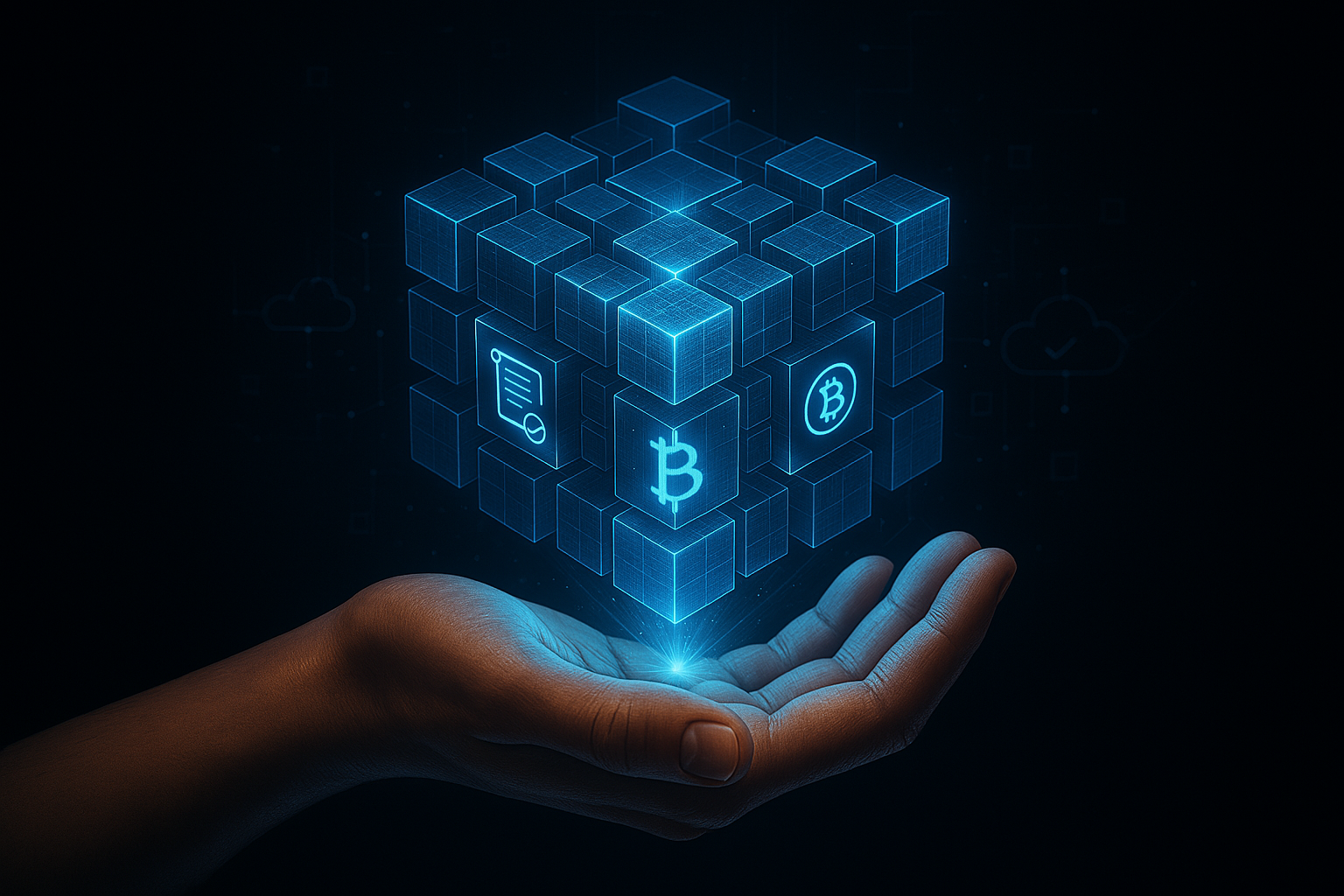
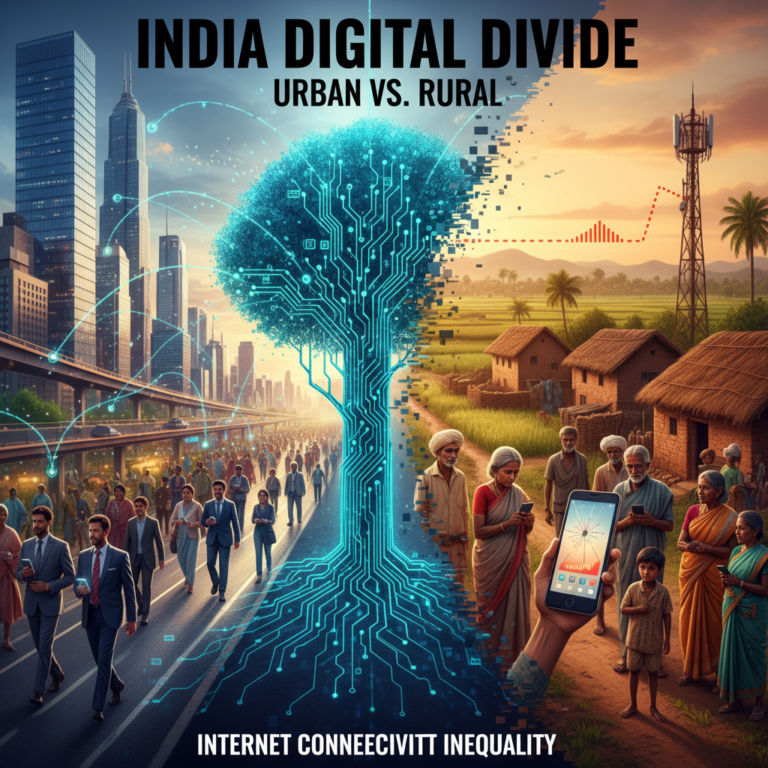
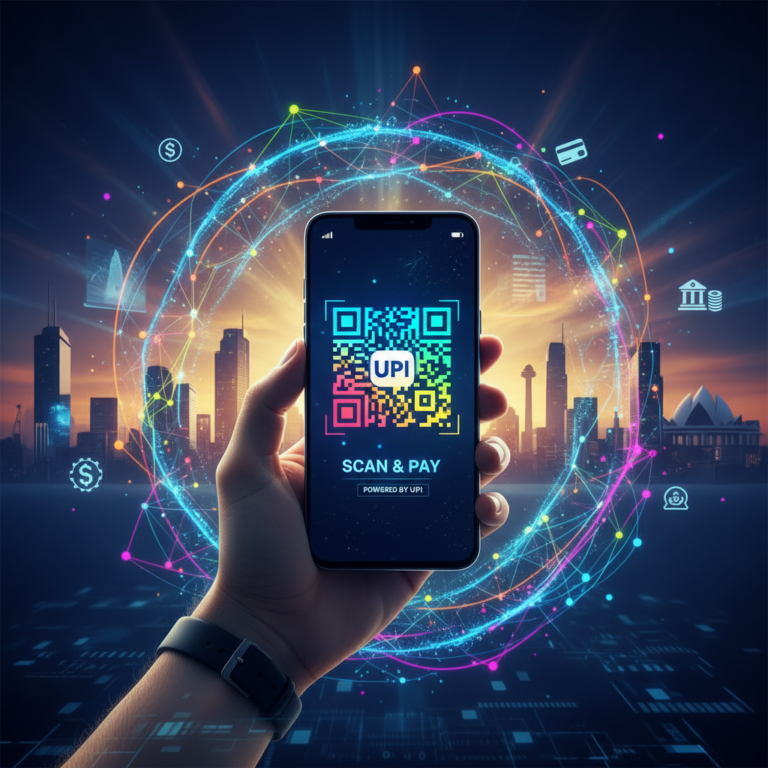



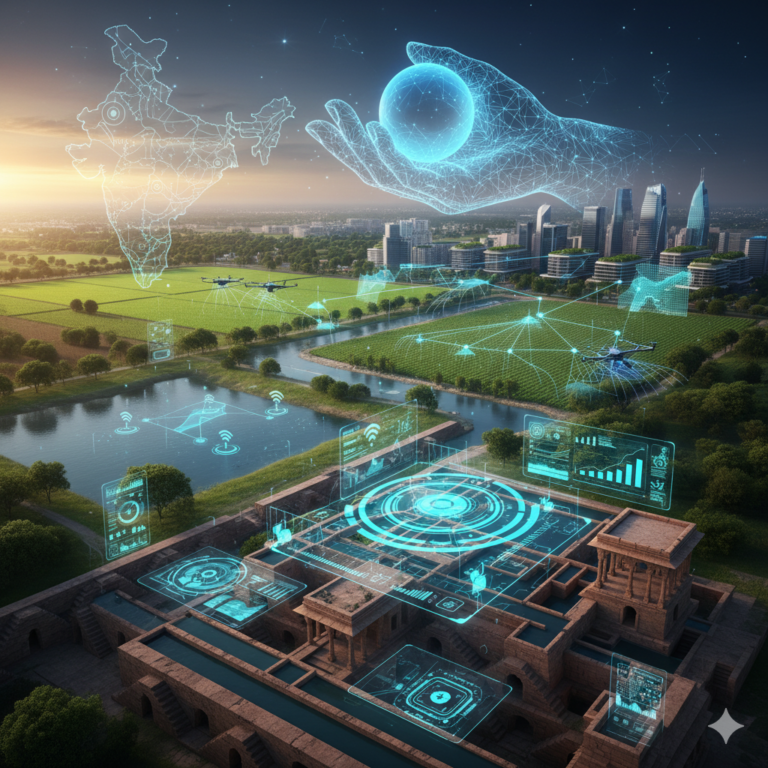
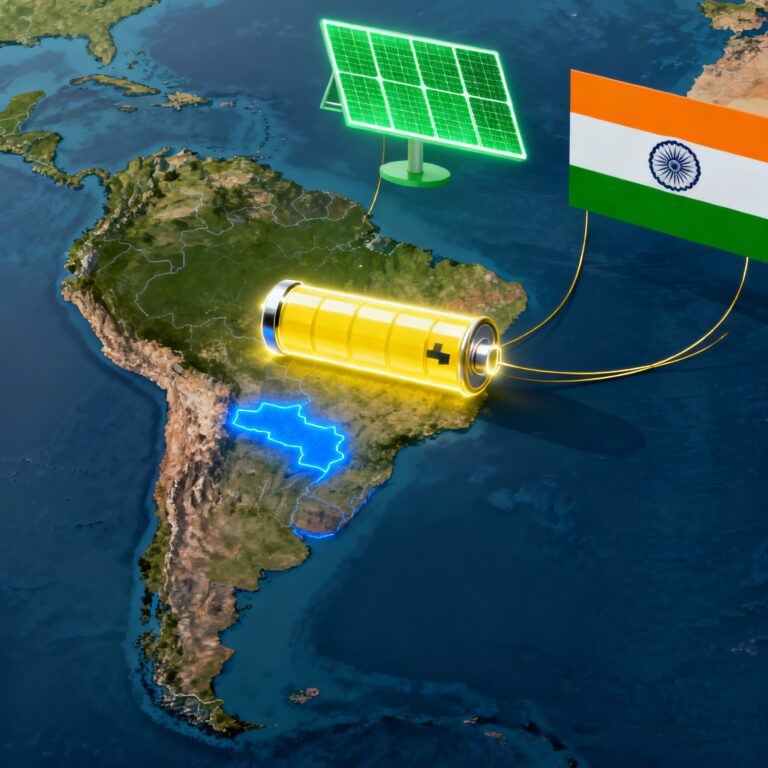

+ There are no comments
Add yours